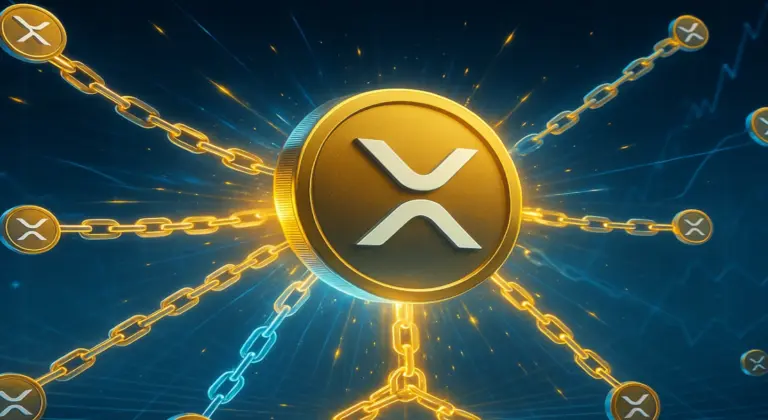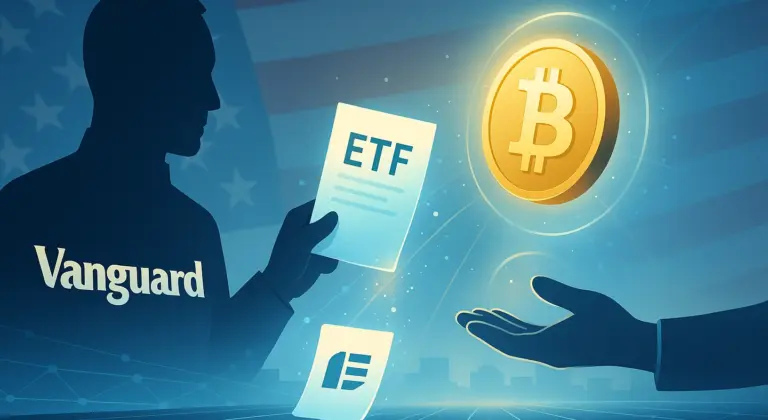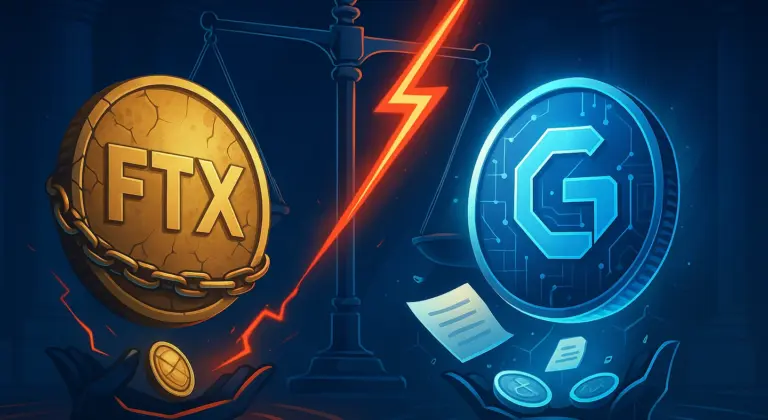Once upon a crypto summer, corporate treasuries were gobbling up Bitcoin like it was going out of style, until the party hit the brakes hard.
XRP’s new staking craze is spreading
XRP has mostly been the silent sidekick in the DeFi sector. Until now. Enter mXRP, a shiny new staking product that’s turning heads, and wallets faster than a flash crash.
A gm tweet from SBF = wild rumors of comeback?
Sam Bankman-Fried (SBF) just dropped a “gm” on X, and suddenly the internet lost its mind.
Vanguard is letting its clients buy crypto ETFs?
In a surprising twist that’s got Wall Street whispering into its coffee, Vanguard, the giant of traditional investing, is reportedly toying with the idea of letting its clients buy cryptocurrency ETFs, but only the third-party kind.
CZ takes crypto’s crown again, with BNB and ASTER as his new power plays
Call him the crypto puppet master or just plain unstoppable, CZ has climbed back to the top as the planet’s biggest crypto influencer, and his Midas touch is golden in the forms of BNB and ASTER.
Philippines leaps into blockchain to slash corruption
In a bold move that sounds like sci-fi but is very much real, the Philippines has decided to tack its public records onto blockchain, the digital ledger everyone talks about but few fully understand.
Crypto influencers’ X accounts hacked, beware the fake ‘Calendar’ trick
Picture this, you get a direct message on X that looks totally legit, a Google Calendar link sent by someone who claims to be from Andreessen Horowitz, one of those fancy venture capital firms.











